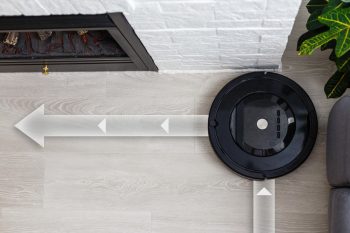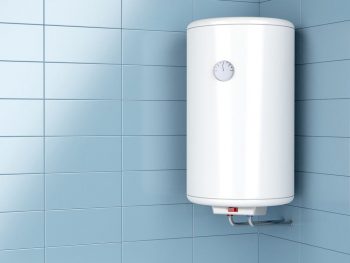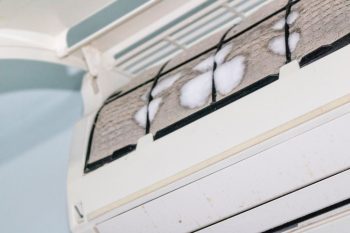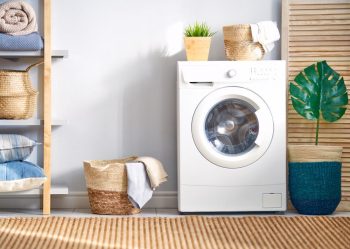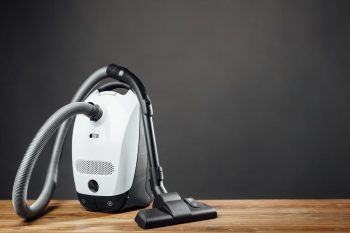
Whether you own a fridge or a freezer, it is common to find ice stuck at the back of the unit. Though it might be a little unsettling, you should not worry unless it happens too often.
Ice accumulation at the back of the appliance can cause heat exchange issues leading to inefficiency. So to ensure that your fridge works optimally, you must remove excess frost buildup.
This post will look at the safe ways to remove ice at the back of the refrigerator and ensure that it adequately keeps food fresh.
Is the back of your refrigerator frozen? Defrosting the unit and scraping the ice can help solve the issue. However, if you want a faster way to remove the frost, you can use a hot water pan or hot metal spatula.
Additionally, improving air circulation using a blow dryer, a fan, or a wet/dry vacuum can also remove ice buildup in your refrigerator.
Stick around to learn why your fridge has ice at the back and how to fix the issue.
Why Is There a Buildup of Ice in the Fridge?

Fridges preserve food by blowing cold air into the compartments. Warm air in the compartments is sucked into the evaporator coil, where heat is removed then cold air is blown back into the unit. The evaporator coils are located at the back, making it colder than other areas in the fridge.
Additionally, excess moisture in the air is also removed during heat transfer. The moisture condenses and forms water droplets at the back of the fridge, leading to freezing.
As we mentioned before, when the fridge frosts up, it might lead to temperature control problems. Airflow throughout the unit becomes restricted, which causes the device to break down. Additionally, ice formation can also lead to higher energy bills.
8 Ways To Remove Ice at the Back of Your Refrigerator
When you notice that the back of the refrigerator has an ice sheet around it, the best thing to do is remove it immediately.
Here are a few ways to deal with a frozen refrigerator.
1. Deforst the Fridge

Defrosting is the simplest and safest way to remove any frost buildup at the back of your unit. Most manufacturers recommend defrosting your fridge at least once every 6 months.
When defrosting your appliance, the first thing you need to do is unplug it from the unit. Secondly, open the refrigerator door to let warm air thaw the ice. You must also place some towels on the floor to soak the melting ice.
Water can easily leak and cause damage to the floor and walls of the house. Make sure to dry any water after the ice thaws.
On the other hand, defrosting your fridge also takes the longest time before all that ice thaws out. Here are some quick options to help remove that ice.
2. Place a Hot Water Pan in the Unit
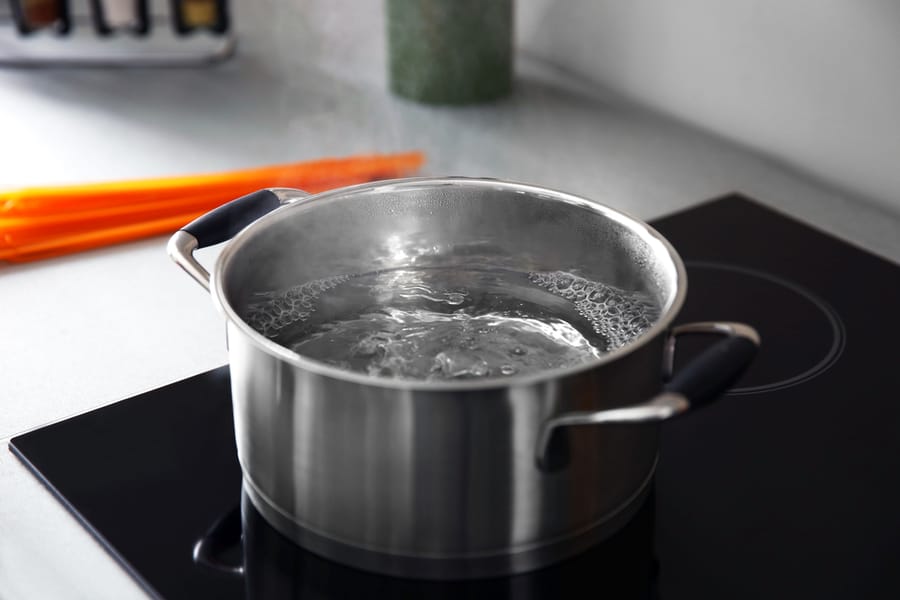
Another way to hasten the thawing of frost from your device is by using a hot water pan. Unplug the device, add some boiling water into a pan and place it inside the fridge shelves. Afterward, close the door to prevent heat from getting lost.
To prevent accidental burns, you must wear mitts while holding hot objects.
As the hot steam from the water starts circulating in the compartments, it heats up and loosens the ice stuck at the back. After about 30 minutes, take out the pan.
Though the method is effective in thawing your fridge, putting a hot pan on the unit’s shelves can cause considerable damage to them. To avoid this, you can place a thick towel under the pan. In addition, you might also need to remove some shelves to make space for the hot pan to fit.
If you notice that the ice is not melting fast enough, you can always replace the pan with boiling water after every 10-15 minutes. Likewise, wipe any ice knocked loose before replacing the pan.
3. Use a Hot Spatula
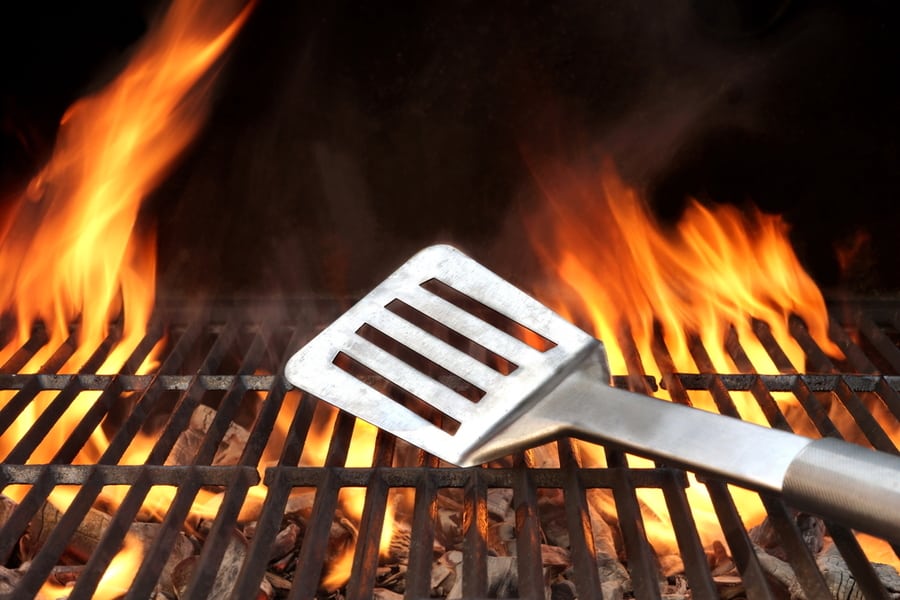
You can also use a hot metal spatula to scrape off any ice at the back of your refrigerator. Likewise, when handling a hot spatula, you must wear oven mitts to prevent getting burnt.
Though some people might heat the spatula by placing it over a flame, we recommend dipping it in a hot or boiling water bowl. After it gets hot enough, unplug the units and press the spatula against the ice sheet until it starts melting.
When the spatula gets cold, dip it back into hot water until it heats up, then repeat the process. To ensure quicker defrosting, wipe off any loose ice after every few minutes.
4. Use a Blow Dryer
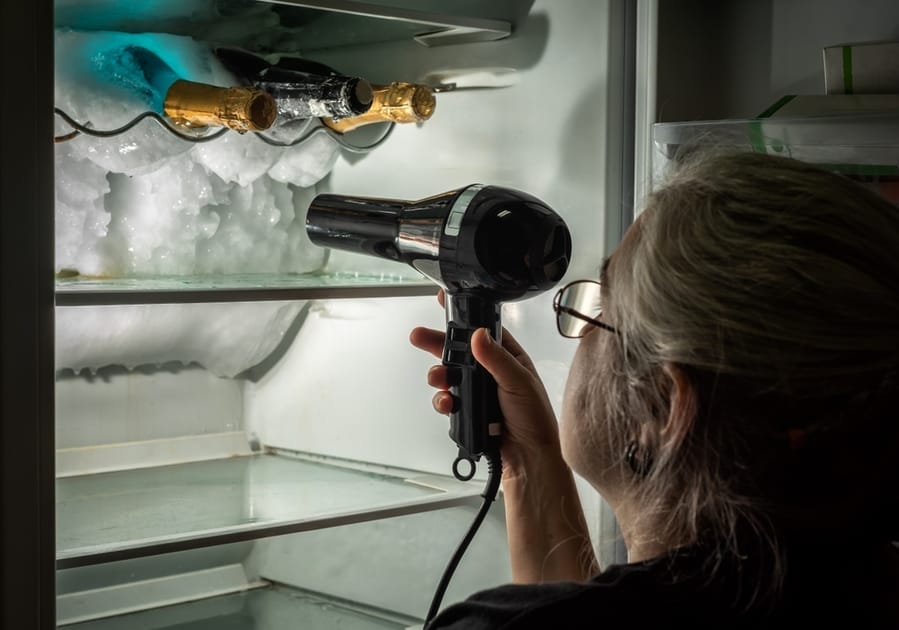
You can also use a blow dryer to thaw out frost in your refrigerator. The dryer not only blows hot air but also enhances air circulation in the unit. Remember to lay down some towels to soak up any water that might leak onto the floor.
For the best results, ensure you focus on one frosted area before moving on to the next. It provides faster thawing while preventing the blow dryer from overheating.
Though using a dryer is relatively safe, some precautions should be followed. First, you need to ensure that its cord is away from any thawing ice or water. Additionally, ensure the dryer does not get too close to the evaporator coils or sides of the fridge, as they can get damaged.
5. Use a Hot Cloth and Rubbing Alcohol
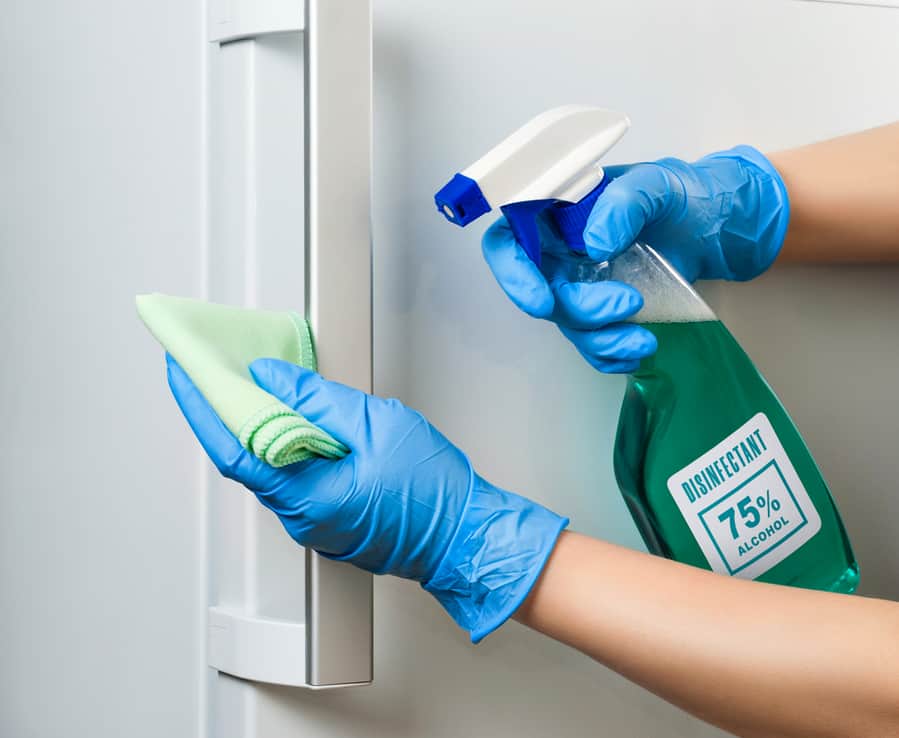
You can also use a heated cloth and rubbing alcohol if you have an issue with a frozen unit. In a nutshell, rubbing alcohol has a lower freezing point than water. When the alcohol comes into contact with ice, it lowers its freezing temperature, making it thaw.
After turning off the fridge, take a cloth and dampen it with hot water and rubbing alcohol. Afterward, take the cloth and start wiping around the edges of the unit. Then the ice will start melting and breaking off.
However, this method is recommended when removing thin sheets of ice from your refrigeration unit.
6. Use a Fan
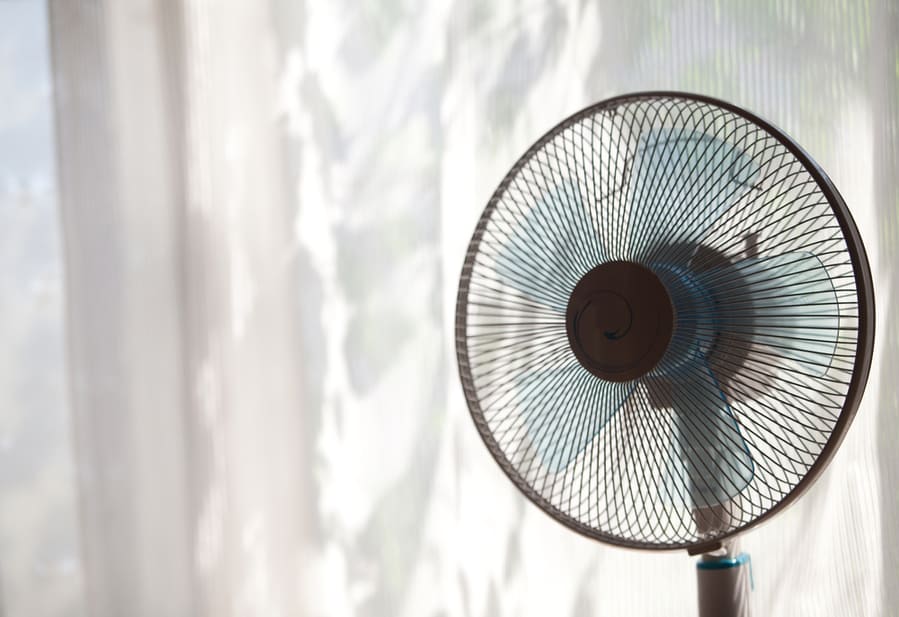
Like the blow dryer, using a fan is also an excellent way to speed up ice removal in your fridge. The warm air melts the frost as the fan improves air circulation in the freezer.
After unplugging the device, open its door and set up the fan outside. You can run the fan at maximum power to ensure more air is blown into the fridge. Remember to leave some towels to soak up water that leaks onto the floor.
7. Use a Wet/Dry Vacuum
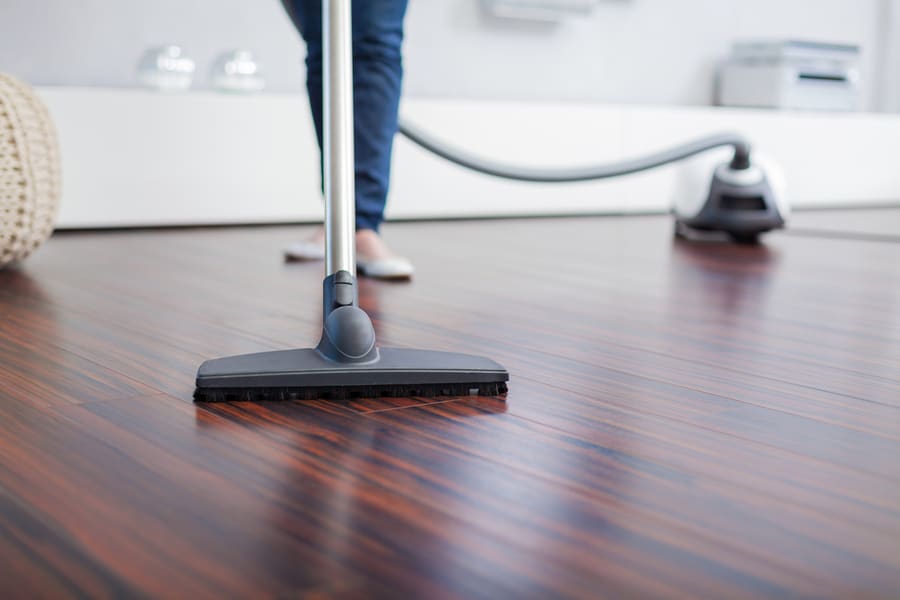
A wet/dry vacuum is also a great way to solve your defrosting issue. The best type of vacuum to use is one with reversible airflow.
To begin, unplug your refrigerator, and switch the vacuum to blow. The air blown in the fridge will melt and dislodge any ice stuck at the back. After the ice melts, switch back to the vacuum feature and suck up the water and ice. Do this repeatedly until all the frost clears and the freezer dries up.
8. Scraping

Lastly, you can also scrape all the ice from the back of your unit. Though it might take more time than the other methods we have discussed, it is still faster than leaving the unit to defrost.
Unplug the unit, and take a wooden or plastic spatula to scrape off the ice. Because you will need to apply pressure when scraping, using a metal spatula or other sharp objects, you might injure yourself or damage the fridge.
If you want to remove frost faster, we recommend scraping and using another defrosting method.
Summary
Ice forming at the back of your refrigeration unit is caused by water accumulation. As air is cooled, water condenses at the back of the unit, leading to ice formation.
There are a couple of ways you can remove frost buildup in your fridge. Defrosting, using a water pan, blow dryer, or a wet/dry vacuum can get the job done. Using a hot metal spatula, a hot cloth damped with rubbing alcohol, a fan, or scraping the ice off is also effective.
Frequently Asked Questions
Why Is My Fridge Freezes Up at the Back?
The fridge freezes up at the back because it is the coldest area in the unit. Your refrigerator’s evaporator coils are located at the back and are responsible for cooling the air in the compartments. As the air gets cooled, water condenses and starts forming ice.
Should My Fridge Be Frozen at the Back?
Though freezing is not unexpected, it should only be alarming if it happens too often or if the ice buildup is too much. Defrosting the unit should help get your fridge working well again.


